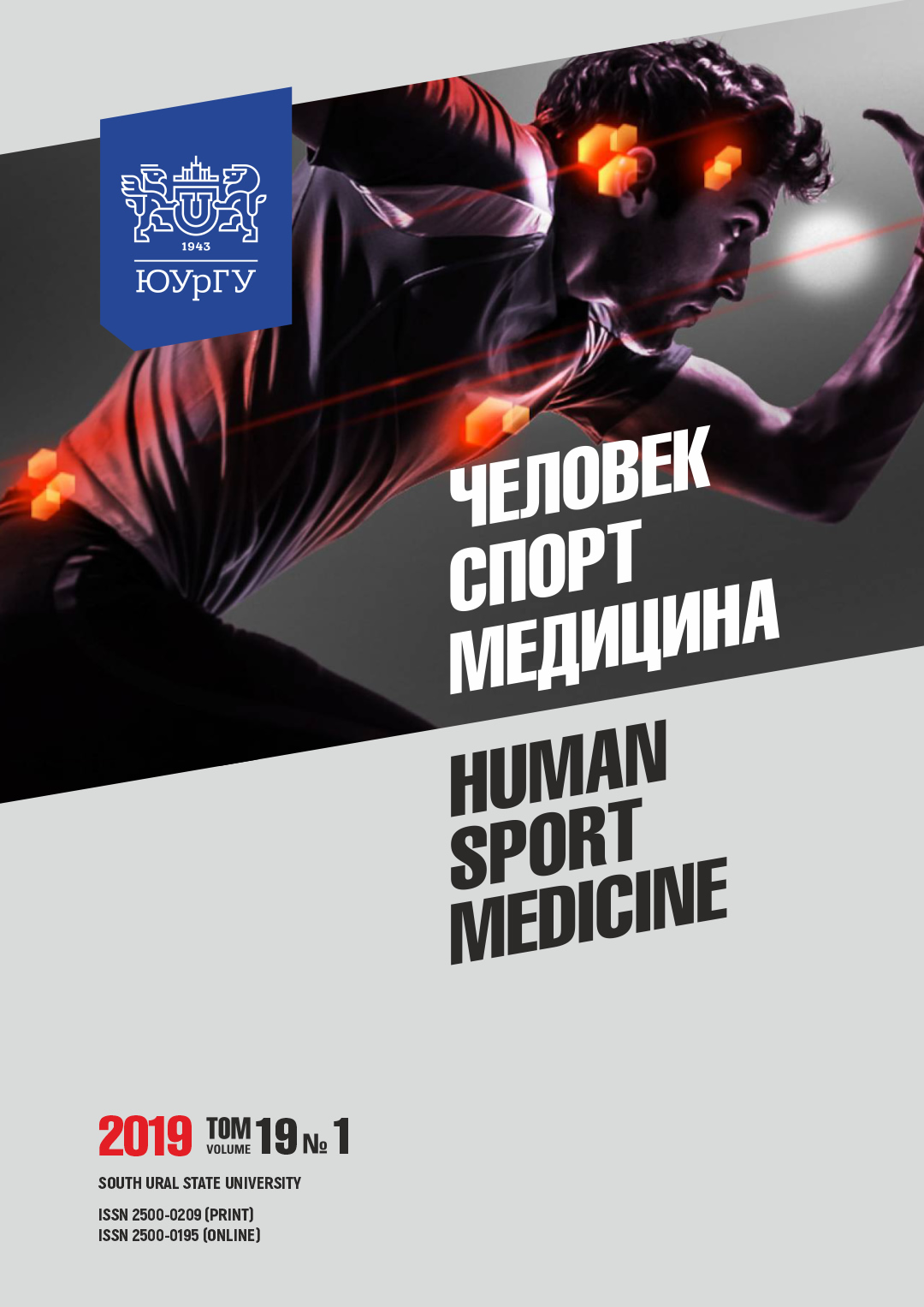ORTHOSTATIC STABILITY OF THE CIRCULATORY SYSTEM AND ITS REGULATION IN GIRLS WITH DIFFERENT PHYSICAL ACTIVITY LEVELS
Abstract
Aim. The article deals with studying the orthostatic stability of cardiac chronotropic function, arterial pressure, and heart rate regulation in girls aged 11–13 with different physical activity levels. Materials and methods. We formed two groups: the first group consisted of girls with a relatively low level of physical activity; the second group included girls involved in track-and-field (middle-distance running). The parameters of the circulatory system were registered in the supine position and during active orthostasis with the help of Kentavr II PC. The analysis of slow wave heart rate variability was performed by using the Biospectrum program. Results. Regardless of physical activity levels in the girls of this age group, the transition to active orthostasis is accompanied by the hypertonic reaction of arterial pressure. In girls with a low physical activity level, there is a pronounced lability of heart rate regulation with the predominance of neurovisceral effect at rest (high general PC variability, LF and HF power) with the mechanisms of orthostatic stability based on the decreased parasympathetic effects on the circulatory system. In girls involved in track-and-field, there is a predominance of the sympathetic nervous system (high LF) at rest with a higher humoral and metabolic effects on heart rate which provide the orthostatic stability of the circulatory system. Conclusion. Despite the absence of significant differences in the parameters of the circulatory system in girls aged 10–13 with different physical activity levels, we registered the peculiarities of heart rate regulation at rest and in orthostasis.
References
References on translit
Copyright (c) 2019 Human. Sport. Medicine

This work is licensed under a Creative Commons Attribution-NonCommercial-NoDerivatives 4.0 International License.















